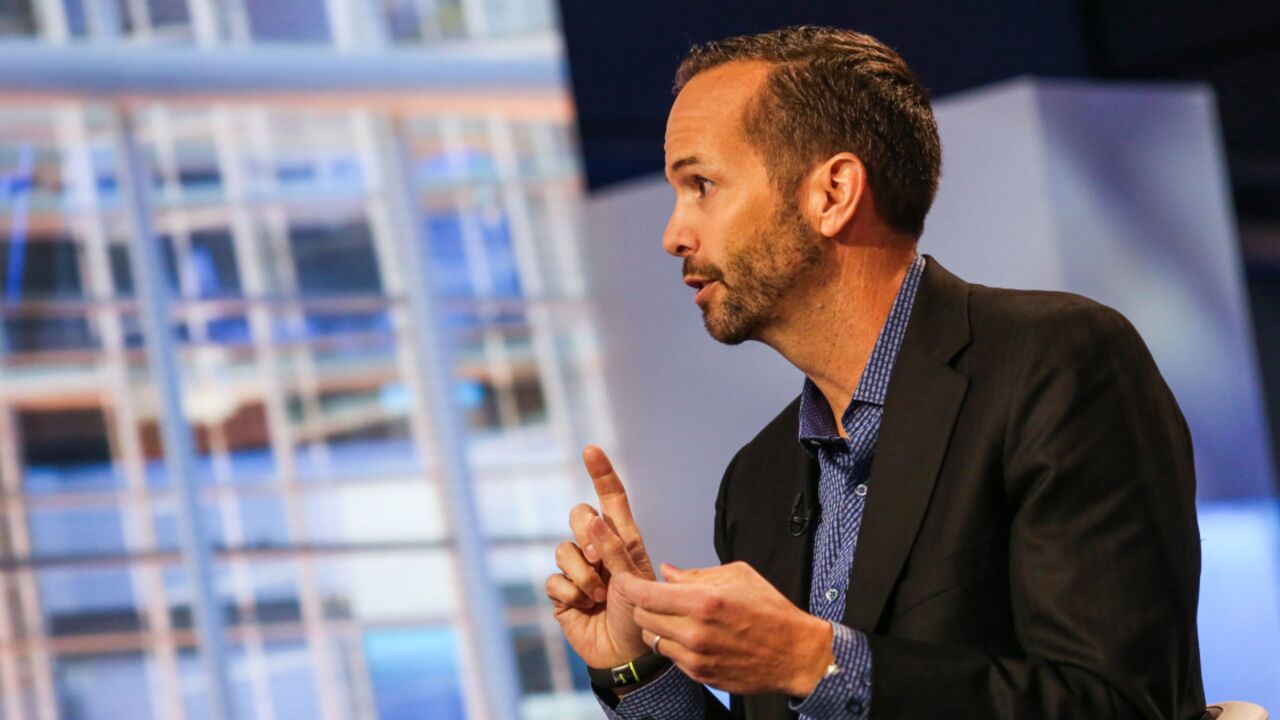
Fintechs have stepped in to provide credit to low- and moderate-income borrowers over the last decade, but higher interest rates have put more pressure on those companies' operations, according to a recent report from the Federal Reserve Bank of New York based on TransUnion data.
After building businesses in a period of historically low interest rates, when many consumers had excess cash, fintech lenders' resilience is being tested by rising rates and other economic changes. Fintechs, defined in the report as "firms and lenders that integrate technology and data innovations to modify, enhance, or automate financial services to consumers," are reckoning with the changing economic environment by
"Fintech firms are playing an increasingly important role in providing credit to low- and moderate-income borrowers, who have historically lacked access to affordable personal loans," said Ambika Nair, a community development research analyst at the New York Fed who co-authored the report, in a prepared statement. "This has become more challenging with high interest rates though, as demand for and delinquencies on these loans both rise."
In 2021 and 2022, the report shows that fintechs made a larger percentage of personal loan originations than banks and credit unions. But 2023 saw a sharp shift, as the percentage of total unsecured personal loans originated by fintechs in the second quarter fell to 26.5% from 38% the year prior. Meanwhile,
While demand for loans is still high, especially among low- to moderate-income folks, many fintechs are trying to reduce credit risk amid economic headwinds that make it more difficult to
"The fundamental challenge during any credit and economic cycle for non-bank finance companies is: What do they do when their credit performance deteriorates, their funding becomes more expensive and their loan buyers are more picky?" he said.
Baker, who also consulted on the Fed brief, added that consumer installment loans typically aren't enough to drive sufficient revenue to grow a large company, especially when generating those loans is riskier and more expensive.
Consumer lending fintechs have felt the burn on consumer loans, as recent earnings reports show fewer originations and a higher bar for borrowers.
The company missed revenue projections, and it's trying to tap other funding strategies amid a "difficult lending environment."
Oportun, which has historically targeted LMI borrowers, has continued to pump the brakes on its bread-and-butter business. Personal loan originations were down 24% in the third quarter from the previous year as the company tightened credit standards, and its annualized charge-off rate rose to 11.8%. Oportun declined to comment on the recent Fed report for this article. CEO Raul Vazquez said during the company's earnings call that he was "disappointed" in the quarter's results.
To cut costs, Oportun laid off 18% of corporate staff and is sunsetting a recently launched buy now/pay later partnership, it announced in its earnings report.
Upstart CEO Dave Girouard said the "difficult consumer lending environment" led to a fall in the fintech's originations by 34% year-over-year, and high demand for credit meant the company said it was approving less than 10% of applicants.
Some fintechs have recently tried rolling out new products to cross-sell to existing customers. Dylan Lerner, a digital banking analyst at Javelin Strategy & Research, said when a company won't offer loans to certain consumers anymore, it needs to find other ways to stay relevant to them.
"From the fintech side, they've been really aggressively targeting this market," Lerner said. "What they have now is the opportunity: 'Let's look at the loan portfolio you already have, and the clients you're working with. What can we do to further service their needs?' I think that's what we're seeing a lot of."
For example, Lerner said fintechs that had previously focused on lending could work on deepening relationships with consumers through financial advice and wellness services.
Upstart has tried to make up for the lower fee revenue by expanding into other businesses, like auto lending and home equity line of credit loans, but car loan originations dropped 52% from the second quarter, and analysts said getting HELOC off the ground will take time.
Lerner said another option is using so-called alternative data beyond credit scores, like utilities and telecom payment history, rental payments and income and employment information to enhance underwriting or credit decisioning, which many fintechs do. The report noted that while alternative data can help provide a fuller picture of a borrower's creditworthiness, for LMI borrowers, data like utilities payments and cash flow can fluctuate.
Lerner said the balance between improving access to LMI borrowers and managing risk, for both fintechs and consumers, is tricky. Baker referred to the inclusion versus exploitation scale for serving LMI consumers as an "eternal problem."






